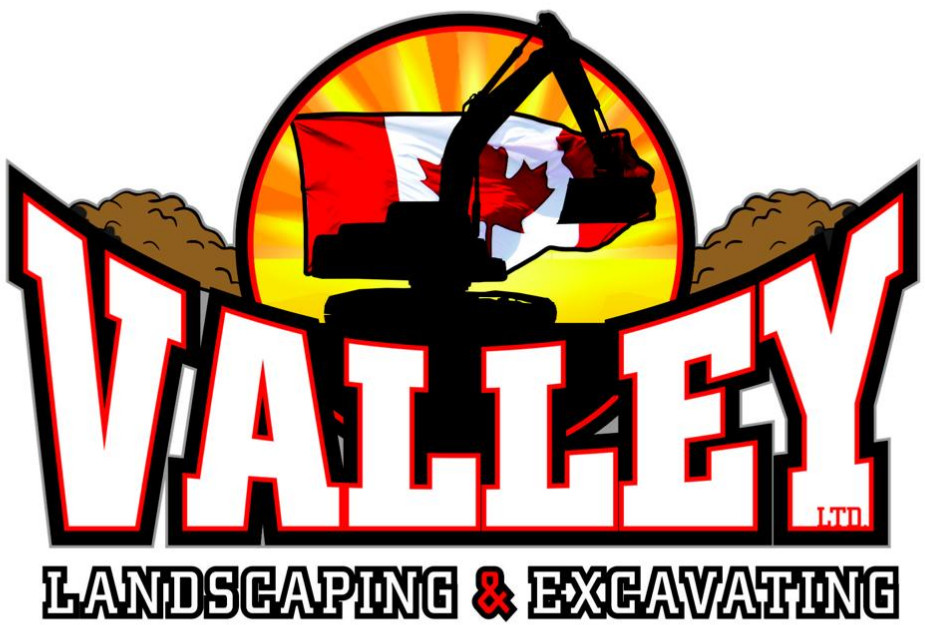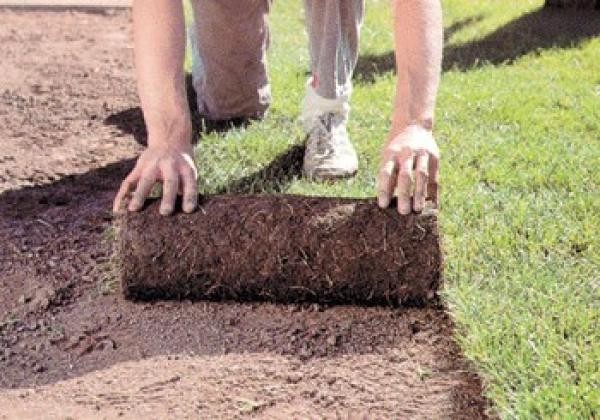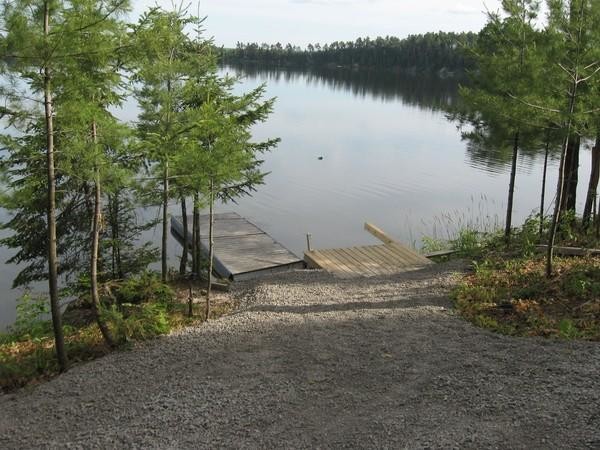SEEDING AND SOD
There is a common misconception that seeding is the best way to establish a lawn because it is much less expensive than sodding. In realty, sodding turns out to be less expensive over time once costs such as increased maintenance inputs and repair are accounted for.
Below is a chart of pro's and con's you can use to make your decision. No matter which way you go we always start with a good topsoil base to ensure optimal growth.
Seeding |
Sod |
|
Planting |
Seed must be planted at the beginning of the growing season, and will need to be covered with straw or netting to protect seed from washing away or being eaten by birds. Watering will need to occur lightly but frequently for two to four weeks to keep the soil most, but prevent the seed from washing away. | Sod can be planted almost anytime through spring and fall. It does need to be layed as soon as it arrives. Sod can be used practically anywhere and can be used to stop soil erosion and water pollution. |
Coverage |
Seed can take weeks to grow, and even then only a portion of the seed planted will germinate. A large percentage of the seed will fail to germinate due to poor stands, erosion, bird consumption, and a variety of other reasons. | Because sod is grown by professionals, and thick and lush lawn can be established in merely a few hours. |
Grass Variety |
A variety of seeds are often available from your local home or garden center. Furthermore, you can create your own seed blend from the available selection to best suit your growing condition. | You will be limited to the sod from your local farm which is Kentucky Bluegrass |
Weeds |
The germination time required for seed also gives ample opportunity for weed growth. | Sod is professionally grown and is less inclined to allow weed growth. |
Expense |
If optimal conditions exist, the upfront costs of establishing a lawn by seed are much less than sod. | The initial cost of establishing a lawn by sod are relatively expensive, but the rewards are immediate and the maintenance is much less involved than seeding. |
Maintenance |
A newly seeding lawn will require several weeks of watering, and more than likely, several growing seasons of overseeding and fertilization to become thick and lush. | After the sod is installed, it will require a few weeks of watering and regular fertilization to maintain your green lawn. |
Usability |
Seeded lawns require as long as 2 years to become fully mature and established | Sodded lawns can usually withstand traffic within 2 weeks of installation, depending on local conditions. |
With today's ecological concerns, many more people are considering sod for its environmental benefits. Sod cools and cleans the atmosphere by reflecting the sun's heat and absorbing noises, carbon dioxide and other harmful pollutants. It releases valuable oxygen and moisture into the air we breath. As it grows, sod silently contributes to a healthier environment. Sod can also increase your property value significantly.


